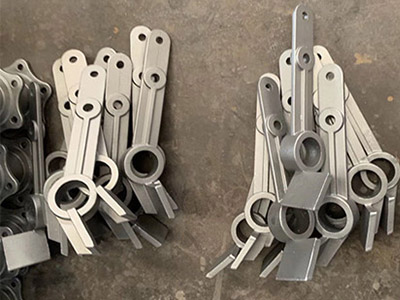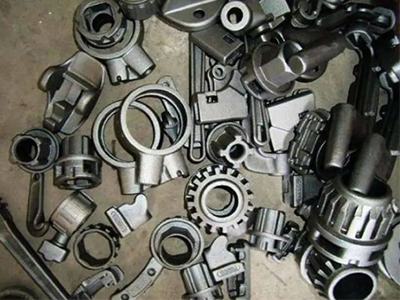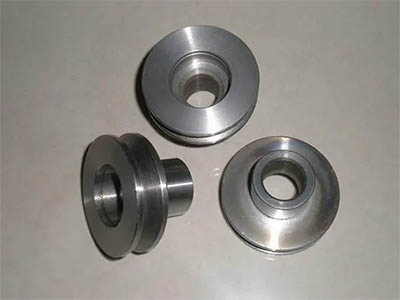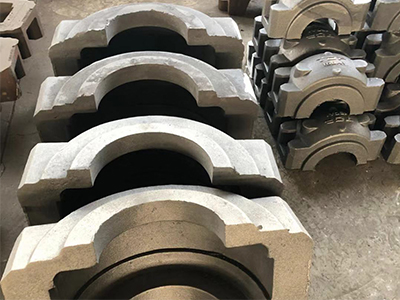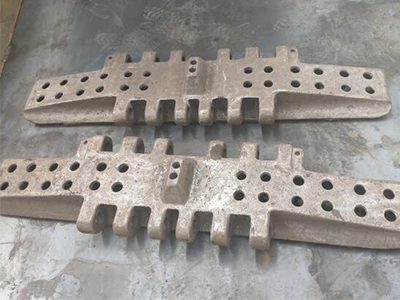- The difference between Ductile Iron Castings and Gray Iron Castings
- Effectively improve the quality in the process of cast steel production
- How are Stainless Steel Castings Made?
- Composition ratio of stainless steel cleaning agent
- How is the big gear wheel casting best
- What are the problems in the stainless steel precision casting project?
- Causes of insufficient precision specifications of precision castings
- Common casting methods of Aluminum and Aluminum Alloy
- Factors affecting machine tool castings
- Stainless steel precision forged process measures below
- Call : +86 13390692151
- sale@kfqizhongji.com
-
Room 1, No. 21, Chaoying East Road, Zhoushi,
Kunshan City, Jiangsu Province, China
Steel castings foundry manufacturers introduce the properties of castings
Casting has a long history of application, people make castings and some household utensils. In modern times, castings are mainly used as blanks of machine parts, and some precision castings can also be directly used as machine parts. Castings account for a large proportion of mechanical products, such as tractors account for about 50-70% of the whole machine weight, agricultural machinery, machine tools and internal combustion engines account for 40-70% and 70-90% respectively. Among all kinds of castings, mechanical castings have the most variety, the most complex shape and the largest consumption, accounting for about 60% of the total output of castings. The second is the steel ingot mold for metallurgy, the pipeline for engineering, and some tools in daily life. Today, Kunfeng heavy Industry Steel Castings Foundry Factory mainly introduces some properties of castings:
The theory of casting liquid metal forming is often called casting, and the casting forming technology has a long history. As early as 5000 years ago, our ancestors were able to cast red and bronze products. Casting is a widely used liquid metal forming process. It is a method of pouring liquid metal into the mold cavity and after it is cooled and solidified, the blank or parts with a certain shape can be obtained.
Liquid molded parts account for a large proportion in mechanical equipment, accounting for 70% ~ 90% of the total weight in machine tools, internal combustion engines, mining machinery and heavy machinery. It accounts for 50% to 70% of cars and tractors and 40% to 70% of agricultural machinery. Liquid molding process can be widely used, Kunfeng heavy industry steel casting manufacturers use this process to produce, mainly because it has the following advantages:
(1) billets with complex cavities and shapes can be manufactured. Such as all kinds of boxes, machine tools, cylinder blocks, cylinder heads and so on.
(2) the process has great flexibility and wide adaptability. The size of liquid molded parts is almost unlimited, the weight can range from a few grams to hundreds of tons, and the wall thickness can range from 0.5 mm to 1 meter. In industry, any metal material that can be melted into liquid can be used for liquid molding. For cast iron with poor plasticity, liquid forming is the only way to produce its blank or parts.
(3) the cost of liquid molding is low. Liquid molding can directly use waste parts and chips, and the equipment cost is low. At the same time, the processing margin of liquid molded parts is small, saving metal.
